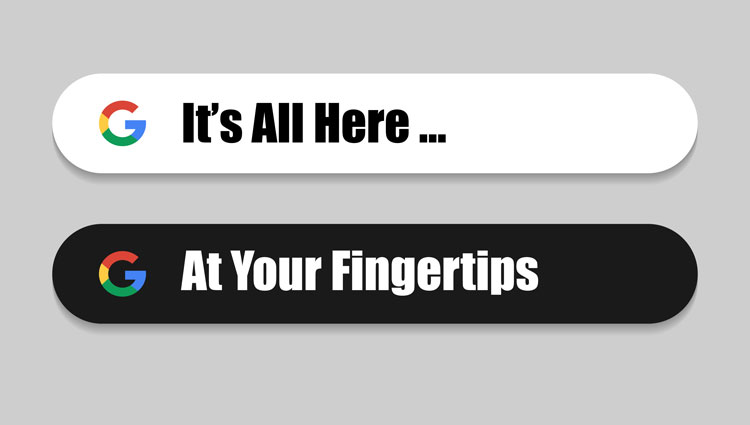Philanthropy: Heart Over Glitz
When you hear the word “philanthropy,” maybe you picture ritzy fundraisers, wealthy donors, champagne flutes, and polite talk about tax write-offs. But let’s be honest: giving isn’t about any of that. Giving is about people—our shared humanity—and how a single, genuine act of kindness can spark a ripple of positive change. It’s about reaching out, heart to heart, and saying, “I see you. I’m here.”
The Story of Anne Sullivan (As It’s Told…)
There’s a story that floats around about Anne Sullivan’s early years—before she became Helen Keller’s teacher. It goes something like this: as a young girl at the Tewksbury Almshouse (a notorious poorhouse known for harsh conditions), a kind, retiring nurse supposedly left her brownies now and then. No lectures, no strings attached, just a small, sweet gesture of care. Did it really happen? Probably not. Historians can’t verify it, and the conditions at Tewksbury were anything but nurturing. Still, this little legend persists, maybe because it speaks to something we all recognize: the power of kindness, even in small doses.
What we do know for sure is that Anne Sullivan’s life started under unbelievably tough circumstances. Born in 1866 to poor Irish immigrants, she suffered from a painful eye disease called trachoma. After losing her parents, she ended up at Tewksbury. Surrounded by neglect and despair, Anne fought hard for a chance at education. In 1880, she made it into the Perkins Institute for the Blind, turning a difficult start into something extraordinary.
By the time Anne Sullivan met Helen Keller, she was ready to change a life—and Helen’s life needed changing. Deaf and blind since childhood, Helen Keller was trapped in silence and darkness. With patience, love, and sheer determination, Anne helped Helen find her voice. Helen later went on to shatter barriers, becoming an internationally admired author and activist. Though she never won a Nobel Prize (she was nominated), her impact and legacy speak for themselves. The story of Anne and Helen shows us what can happen when one person believes in another, fiercely and wholeheartedly.

Philanthropy: It’s About People, Not Pedigree
Philanthropy isn’t about throwing money at a problem or throwing on a fancy suit. The heart of philanthropy is about recognizing that another person’s struggles matter, and that you can help—sometimes in big ways, sometimes in tiny ones. In Matthew 5:42, we’re reminded: “Give to the one asking you.” Generosity starts when we stop overthinking and simply say, “Sure, I can help.”
Why Giving Feels Good (Yes, Science Backs This Up)
Acts of generosity don’t just help others; they improve our own lives too. Research shows that giving—whether it’s money, time, or kindness—lights up the pleasure and reward centers in our brains. A 2008 study in Science found that people who spent money on others were happier than those who treated themselves. Volunteering, donating, lending a helping hand—these things can reduce stress, boost our mood, and strengthen our connection to the world around us.
From Donor to Changemaker
Real giving isn’t about quick fixes. Giving is about people. It’s about helping others build a better foundation for their own futures. Consider 1 Peter 4:10: “As each has received a gift, use it to serve one another.” Today’s most impactful philanthropy empowers people, giving them the tools they need to thrive long after the initial gesture is gone.
Small Gestures, Big Waves
You don’t have to be a millionaire or create a grand plan to make a difference. Sometimes the most powerful moments come from something simple: mentoring a student who’s struggling, sharing a meal with someone who’s hungry, donating to a cause that speaks to your heart. Don’t worry about the size of the gift; focus on the sincerity behind it. Proverbs 19:17 says, “Whoever is generous to the poor lends to the Lord.” Kindness, no matter how modest, matters.
Give Without Guilt
Generosity isn’t about looking good on paper or keeping score. As 2 Corinthians 9:7 suggests, give because you want to, not because someone twisted your arm. The best gifts are given with joy, honesty, and a sense of purpose.
The World Needs You—No Brownies (Real or Otherwise) Required
Whether the brownie story about Anne Sullivan happened or not, the idea behind it remains true: a heartfelt gesture can change someone’s trajectory. You don’t need wealth or a spotlight; you just need to care. Maybe that’s helping a neighbor, volunteering at a shelter, or supporting an organization you trust. Whatever you choose, know that your kindness can brighten another person’s world—and your own.
At the end of the day, life’s too short to obsess over fancy galas and designer tuxedos. It’s never too short, though, to show up for someone else with open hands and an open heart.






